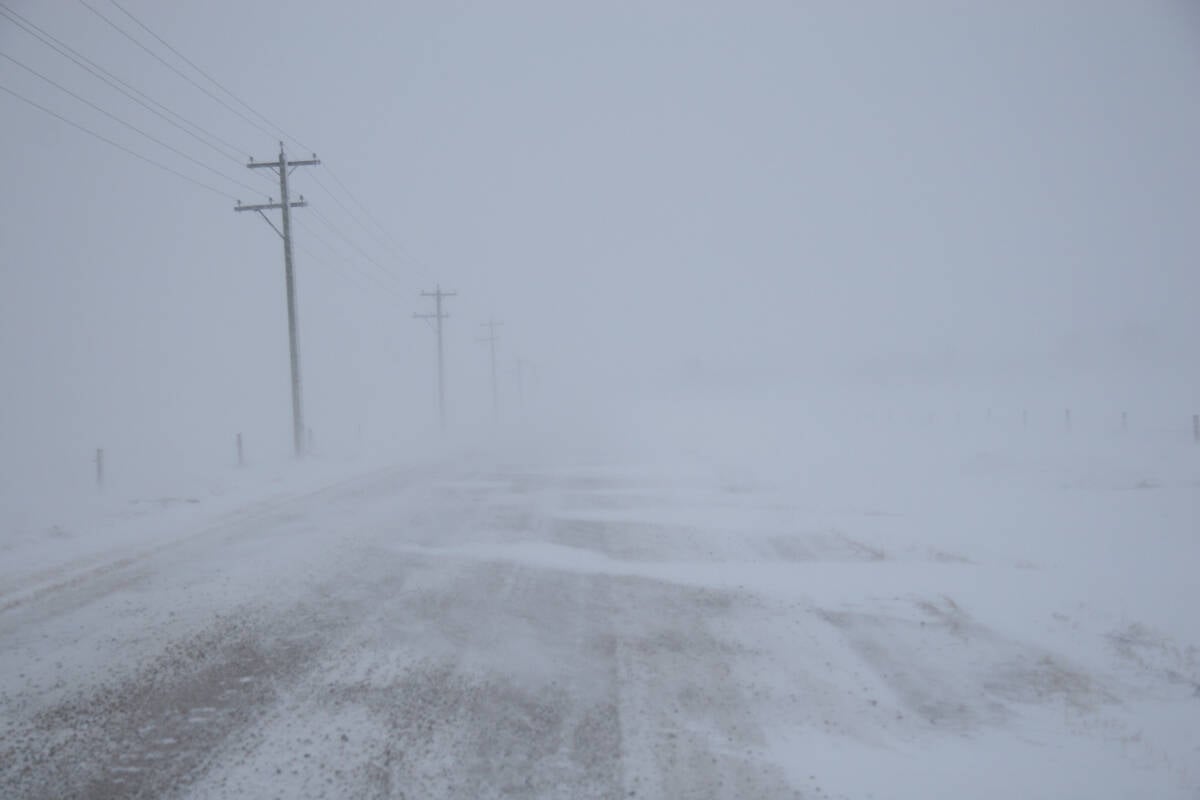Wet conditions this spring will likely force many canola growers to either aerial seed or leave some fields unseeded.
The Canola Council of Canada provides recommendations for broadcast seeding and although the information pertains to ground application, much of it is also relevant to aerial seeding.
John Gibson of Provincial Helicopter in eastern Manitoba is one of the few pilots doing aerial seeding with a helicopter this spring.
“I’d say aerial application by helicopter or fixed wing aircraft is financially viable only when the field is absolutely too wet to get in with machinery,” said Gibson.
Read Also

Volatile temperatures expected for this winter
DTN is forecasting a lot of temperature variability in the Canadian Prairies this winter. Precipitation should be close to average.
“If it’s dry enough to harrow the seed in and make the correct fertilizer applications, then it should be dry enough to blow the seed on with a Valmar.
“We had excellent results two years ago seeding canola with the helicopter, but I don’t think it’s feasible if you can get a tractor on the field.”
However, aerial seeding will not tear up the field and leave deep ruts that will cost time and money later. Plus, it’s possible to do many fields by air in the time it takes to mud through a single quarter section.
And there’s no frustration with getting all that equipment stuck in the muck.
Canola Watch said broadcasting is faster than seeding with a drill, especially when there are a lot of potholes. Broadcasting may provide better seed placement if the alternative is to mud-it-in with a drill with mud-caked openers, mud plugging the seed runs and mud wrapped around the packers.
Seeding anytime before mid-May should give canola a good chance to meet its yield potential. By then, broadcasting onto warm soil should increase the success rate compared to broadcasting in late April.
The seeding rate needs to be high for a good broadcast stand. Germina- tion and seedling survival will likely be a lot lower compared to a crop seeded according to recommendations. Broadcasting onto fields with lots of surface residue may not provide the seed to soil contact needed for high establishment rates.
If the aerial seeded crop starts to grow and use up some of that excess moisture, it may be possible to get into the field in June to broadcast nitrogen and sulfur.
Broadcast canola does not automatically qualify for crop insurance. The established stand must be inspected and meet crop stand standards before it can be insured.
In Manitoba, aerial broadcast canola qualifies for full coverage provided it germinates and establishes enough plants per sq. metre at the time of inspection.
While that number is often in the range of 41 viable plants per sq. metre, the number varies from farm to farm depending on field history.
In Saskatchewan, full coverage for all perils is available on any type of broadcast canola field, included those seeded by aircraft. The provision is that the plant count must be within the normally accepted range. Claims are not allowed if the stand fails to meet those establishment criteria.
The Alberta Financial Services Corp. considers any type of broadcasting to be a high-risk method of seeding. If the cause of loss is due to the method of seeding, then a crop insurance claim will not be paid.
However, if the canola stand establishes at the minimum of two to three plants per sq. foot, the crop is eligible for full coverage. This applies to aerial seeded canola.















